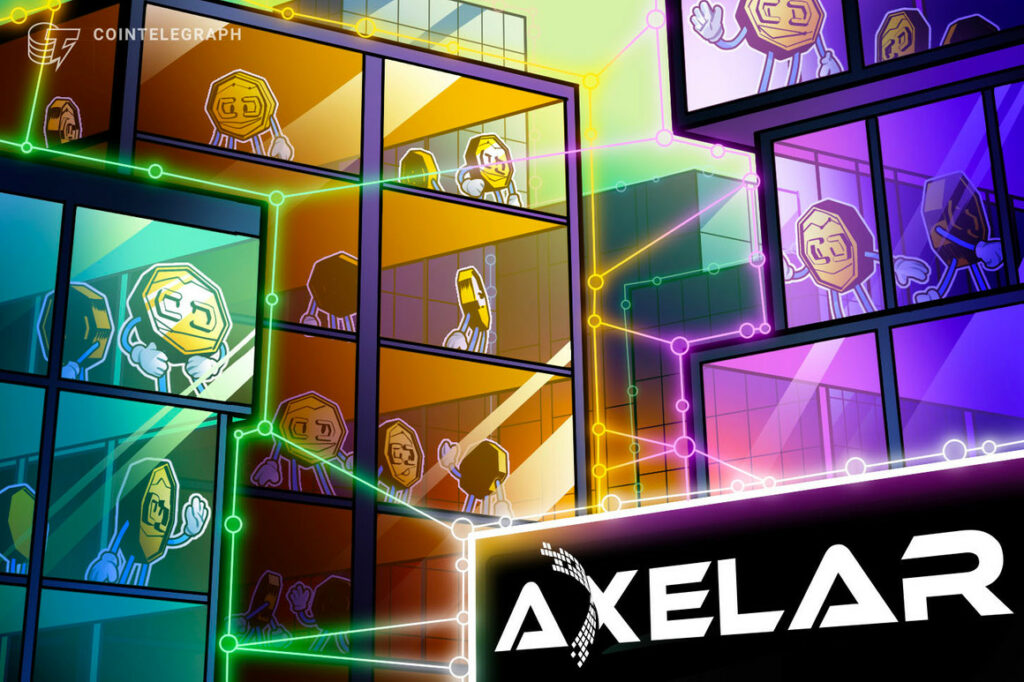With more interest in blockchain development comes more technology platforms to develop on. The industry, which started with only a select handful of relevant blockchains in the 2010s, has grown to include hundreds of chains today.
The sheer volume of platforms, although offering different benefits, has also shed light on a few unintended consequences, including assets, applications and users siloed in their native blockchains due to the lack of interoperability between platforms.
Not surprisingly, ad-hoc solutions have emerged since the problem is far from new. Among them are bridges. In application, bridges store liquidity between two networks, taking wrapped assets from a user on one network and releasing the equivalent amount at the destination.
Many are set up as permissioned multisigs, a type of smart contract, in which more than one signer must approve transactions. Despite their potential, these connectors have proven to be a major target for DeFi hackers.
Axelar network emerged as a solution to address the interoperability problem head-on. With a permissionless cross-chain network and a set of APIs, the platform aims to provide the foundations for a secure cross-chain communication model that will effectively usher in a paradigm shift in Web3. The paradigm shift is that developers will be able to build applications that connect to any asset and any application, on any chain, with one click.
Describing the need for this change, CEO and co-founder Sergey Gorbunov said: “Whenever you onboard a retail user and ask them to switch between wallets, switch between application front ends, move their assets back and forth between chains and understand different versions of these assets, you lose them. That’s not how we’re going to get billions of users on these platforms.”
In practice, Axelar’s offering, General Message Passing, will lead this paradigm shift — allowing developers to build DApps that call any function on any chain and securely send any payload. Under this model, the need for wrapping assets and using multisig bridges will be eliminated, replacing these models with a one-click experience for users.
Complexity distilled in 120 seconds
To take advantage of the General Messaging protocol, developers can use Axelar APIs to point to the Axelar Executable interface as the destination. Users then initiate a call function from their Source Chain, where it will then enter the Axelar Gateway. From there, the call is confirmed and prepares an outgoing transaction to the Destination Chain. Although all of these steps occur on the backend, users only participate in a 120-second process from gateway to gateway. They don’t need to handle Axelar tokens or destination-chain tokens; all Axelar network and destination-chain fees are tallied in the source-chain token, so the user can pay them in one transaction, on the source chain.
As a viable infrastructure for secure cross-chain communication, Axelar must also be secure and scalable. Instead of permissioned multisigs, Axelar uses a permissionless validator set (delegated proof-of-stake). This is in contrast to other federated and permissioned cross-chain solutions that rely on proof-of-authority, aka multisigs.
Axelar is built on the same security model as the chains it connects, in which many validators and end-users participate in securing the network. Moreover, Axelar is built with the same growth model as these chains, leveraging the network effects that powered growth in the new generation of layer-1 networks.
In practice, General Message Passing can be applied for several use cases, including the use of NFTs on one chain as collateral in a DeFi app on another chain, aggregating liquidity cross-chain in a decentralized exchange (DEX) or automated market maker (AMM), or using assets on any chain as credentials in games on any other chain.
Axelar continues to rely heavily on its partners, which include integrations with 11 chains and coveted status as the canonical cross-chain infrastructure provider for Osmosis. The project is backed by leading investors, including Binance, Coinbase Ventures, Dragonfly Capital, Galaxy Digital and Polychain Capital.
Disclaimer. Cointelegraph does not endorse any content or product on this page. While we aim at providing you with all important information that we could obtain, readers should do their own research before taking any actions related to the company and carry full responsibility for their decisions, nor can this article be considered as investment advice.

